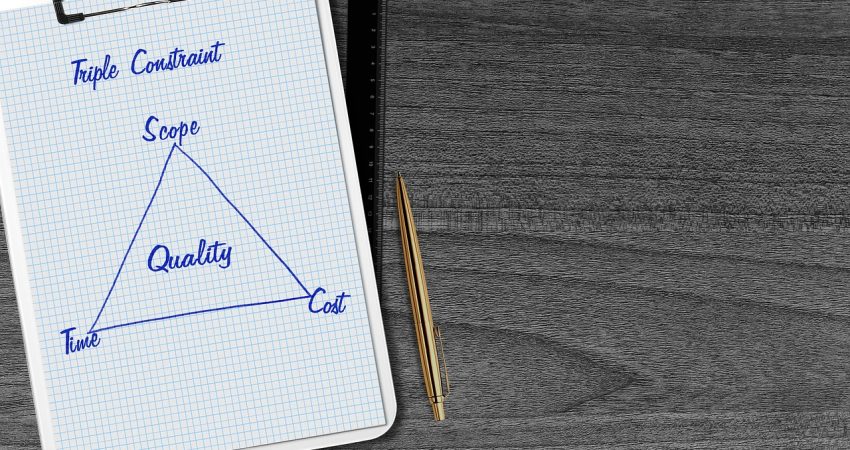
In recent years, tremendous advances have occurred regarding artificial intelligence (AI), making it a popular feature in different arts around the world. Forecasting towards the near future, AI seems to present almost everything from creating realistic portraits through music composition to the original penning down of poetry, which is emerging sharper in its differences as having many human reproduction equivalents-almost distinguishable.
Among them are the rapid development of the kinds of really raising controversy about such questions: What is creative? Who would have been the creator behind all these artificially generated things? Do machines have artistic intent above the intent produced during making such things?
AI’s ascent in the creative field.
AI’s foray into art is with the help of generative models, which include GANs (Generative Adversarial Networks) and large language models like GPT. We see in these systems a great deal of what we put into them; they are trained on large sets of human-created content, which they in turn use to develop and produce new works, styles, and structures that play off of what they learned in training.
One instance is Edmond de Belamy, which is a portrait that was put out by an AI and which sold at Christie’s for $432,500. Also in this — at the same time we see the likes of DALL·E and Midjourney, which are at the helm of a new age in digital art as they enable users to create images out of short text descriptions.
Redefining Creativity and Authorship
Traditionally, what made creativity a unique human attribute — of emotional, experiential, and intentional quality was brought forward into the discussion. Also, today we see that machines’ art output, which elicits feeling and thought, is putting out there that maybe it is the output of what we should be looking at, which in turn questions the process that goes behind it.
AI doesn’t have consciousness or emotion, it doesn’t create out of purpose or personal insight. But what it can do is produce original and very engaging works by learning from what we put in. This puts in play a new form of collaborative creativity which sees human intent direct the machine’s what it does. In these cases, the role of the human changes from that of creator to that of a curator or prompt engineer.
Effect on Artists and the Art Market.
In art, AI plays a dual role as a tool and a disruptor. Some artists use it to put out work at an unprecedented speed and which includes new ideas or prototypes. At the same time, others see in it a threat that plays out when AI passes off someone else’s style as their own without the original artist getting due credit.
In the debate, which has expanded to include issues of copyright and ownership, we see that which party who has the right to an AI-produced art is the one who designed the prompt, the which who put together the algorithm, or no one at all, put forward as issues. As legal systems try to catch up with these changes, which play out in the art world, it is left in a state of flux, which in turn is a challenge to how we value and protect artistic works.
Expanding the Definition of Art
AI-born art pieces take us beyond what we think of as art to this point. If art’s role is to stimulate thought, emotion, or reflection, we see that AI is already very much up to that task. What may fade is the line between what is human and what is machine creativity, which in turn will give way to a new age of what I will term hybrid art that is a blend of technical innovation and human emotion.


